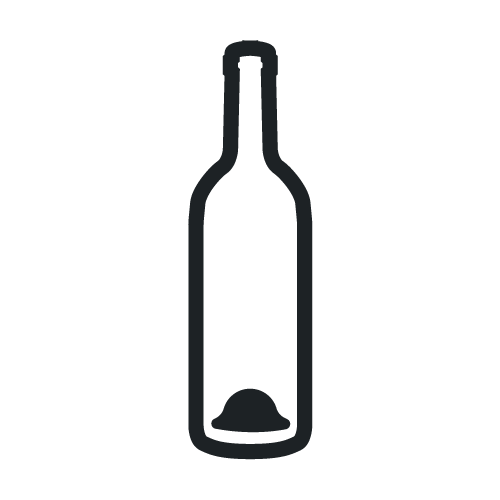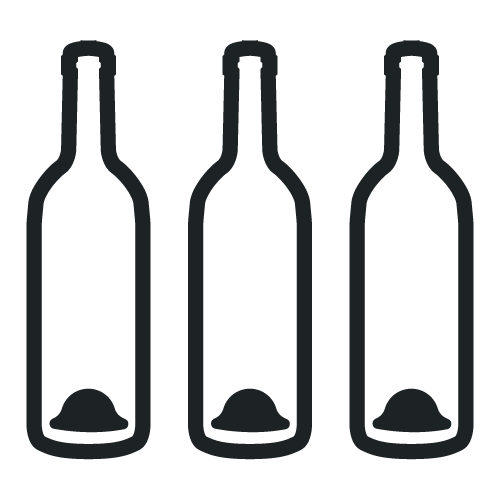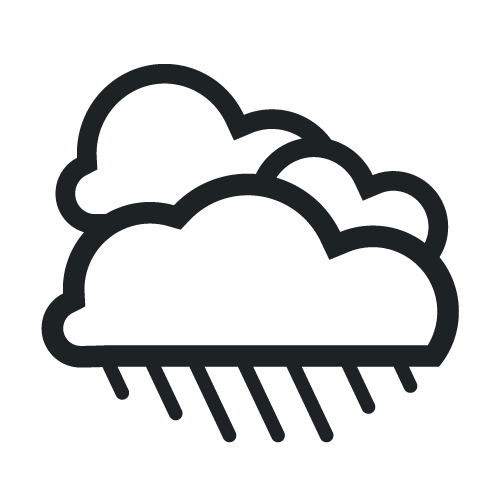Paso Robles Vintages
Explore the Paso Robles vintage chart to discover how each year has shaped what you’ll find in your glass.
Let's look at 10 vintages in Paso Robles to find which wines fared the best and where to find value in the great vintages, and what to look out for in some of the more variable vintages.
Paso Robles produces over 60 grape varieties, but the majority are Cabernet and Cabernet blends, and Rhône varietal blends, like Syrah, Grenache, and Mourvèdre.
Having heat spikes in the summer can be a problem as that can, paradoxically, stop the grapes from ripening (the vine shuts down in the heat). Therefore, having just the right temperatures at the right time is vital to ripen all the different grapes to perfection.
How Wine Folly Rates a Vintage
We gather the facts about a vintage and how those features affect the wines. This way, you can better find the vintages that fit your needs (whether you're a collector or looking to drink now).
Quality
Generally speaking, the more consistent the vintage, the better the quality.
The crop consistency determines the quality of a vintage. In some years, we see average to high consistency, and to us, consistency equates to quality.
On other vintages, quality is much more variable. In these variable years, it's best to look for producers who consistently produce high-quality wines because they can roll with difficulties growing grapes.
Weather
Ideally, producers want consistent temperatures year in and out for consistent quality. Of course, this is not very likely to happen as weather changes frequently. Rain during harvest, hail and frost are key events that can create a difficult vintage.
Seasonal events include frost, hail, drought, and even wildfires. These events affect the quality or size of a vintage.
In warmer climates getting enough rainfall during the growing season is key for healthy grapes and ripening.
In cooler or more moderate climates, getting enough but not too much rain and getting the right amount of sunshine and heat are important for producing ripe grapes.
Volume
Contrary to popular belief, low volumes do not always equal high quality. Producers can have very high-quality years where volumes are also high.
The opposite is also true, where we might have low yields, but the quality may be low - this might be due to disease in the vineyard or poor weather conditions.
So why do we care about volume? If there's more, it can lower prices, and the prices might be higher if there is less.
Recent Vintages To Explore

































Vintage Chart Legend
 Highly Consistent
Highly Consistent Average Consistency
Average Consistency Variable Consistency
Variable Consistency Large Production
Large Production Medium Production
Medium Production Small Production
Small Production Hot Temp/Low Rain
Hot Temp/Low Rain Average Weather
Average Weather Cool Temp/High Rain
Cool Temp/High RainSOURCES